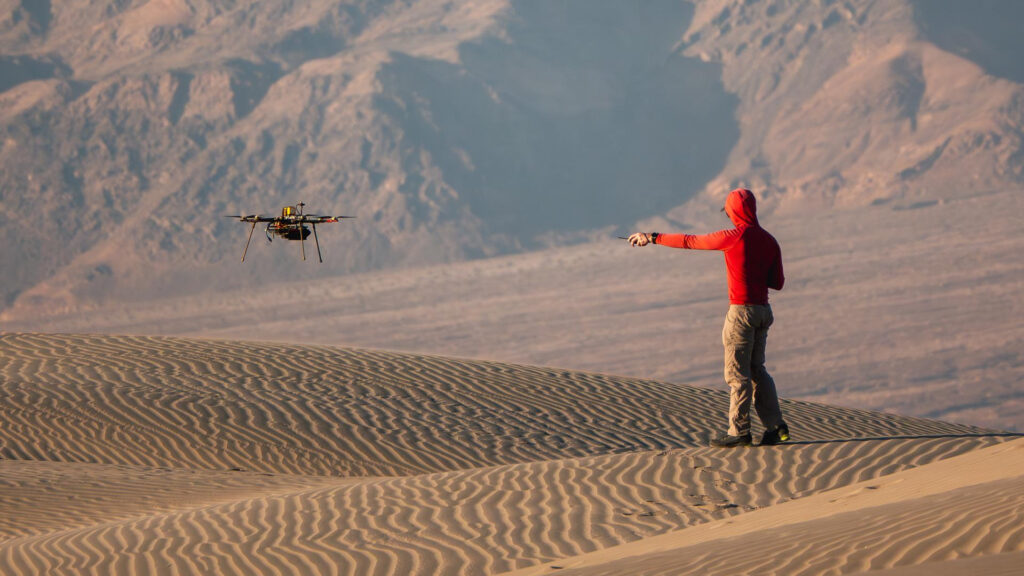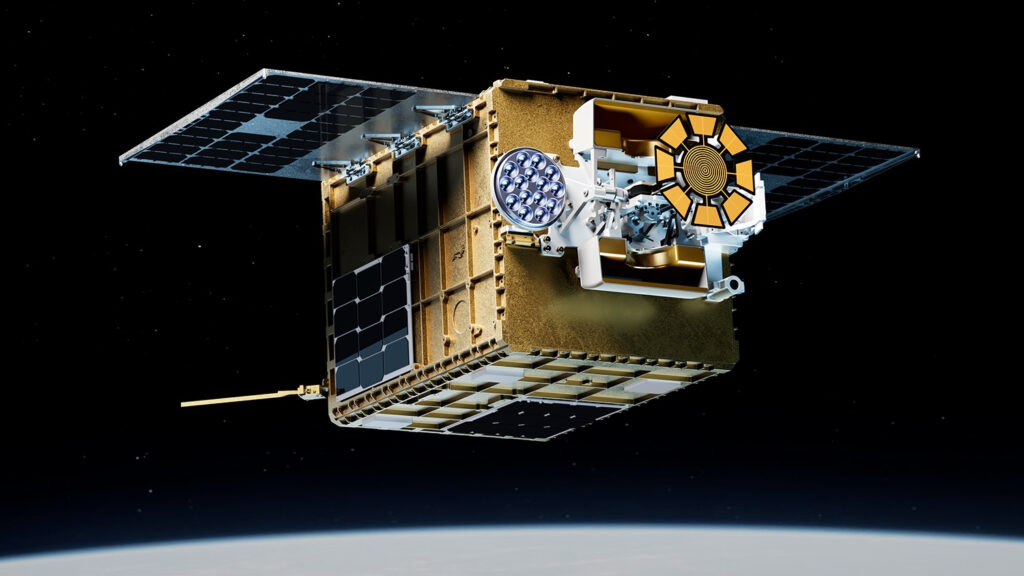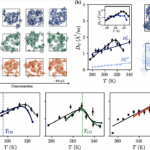Now Reading: Aurora alert! Moderate geomagnetic storm could spark northern lights as far south as New York and Idaho on June 14
-
01
Aurora alert! Moderate geomagnetic storm could spark northern lights as far south as New York and Idaho on June 14
Aurora alert! Moderate geomagnetic storm could spark northern lights as far south as New York and Idaho on June 14
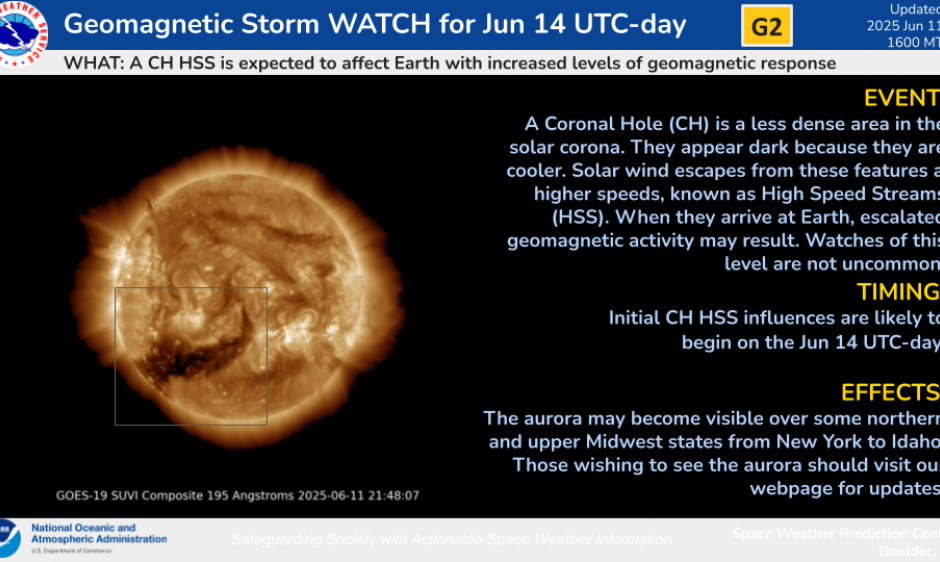
The National Oceanic and Atmospheric Administration’s (NOAA) Space Weather Prediction Center (SWPC) has issued a geomagnetic storm warning for June 12 due to incoming turbulent space weather. Geomagnetic storms are classified using a G-scale, which ranks their intensity from G1 (minor) to G5 (extreme).
That’s good news for aurora chasers! The predicted G2-level storm could bring northern lights as far south as New York and Idaho, provided conditions align. However, with the northern hemisphere nearing the summer solstice on June 20-21, extended daylight hours mean less time for aurora viewing, making sightings more challenging.
The spike in geomagnetic activity is driven primarily by a co-rotating interaction region (CIR) — a turbulent region in the solar wind in which fast-moving streams collide with slower wind ahead of them. CIRs can generate shock waves similar to those produced by coronal mass ejections (CMEs) and are capable of triggering geomagnetic storms and amplifying space weather effects.
The incoming CIR originated from a colossal coronal hole now turning to face Earth. Coronal holes are regions where the sun‘s magnetic field opens up, allowing high-speed solar wind to readily escape into space. They appear darker in ultraviolet images because they are cooler and less dense than the surrounding regions, lacking the hot glowing gases normally trapped by magnetic fields.

NOAA’s SWPC forecasts the Kp index — a scale from 0 to 9 that measures global geomagnetic activity — to peak at 5.67 on June 14. Higher values indicate stronger geomagnetic storms and increase the chances of seeing auroras at lower latitudes.
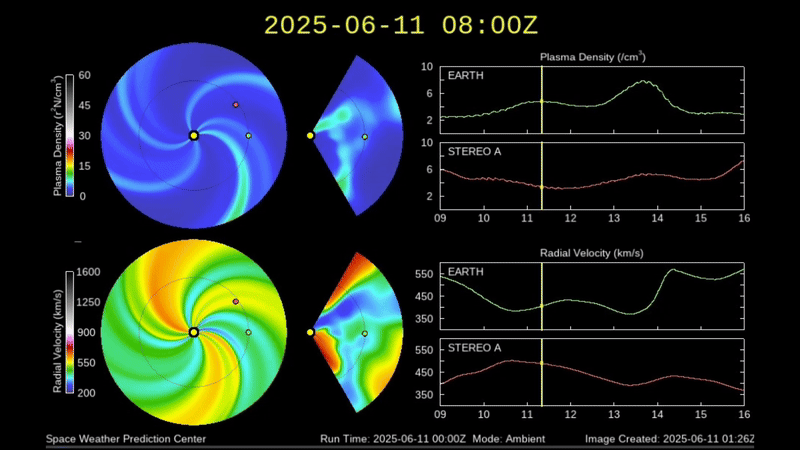
For the latest aurora forecasts and timing updates, check NOAA’s 3-day space weather outlook.
Keep up to date with the latest space weather news with our aurora forecast live blog. For real-time forecasts based on your location, consider using a space weather app. A great option is “My Aurora Forecast & Alerts” (available for iOS and Android). For a deeper dive into space weather conditions, “Space Weather Live” is another excellent choice (available for iOS and Android)
Stay Informed With the Latest & Most Important News
Previous Post
Next Post
-
 012024 in Review: Highlights from NASA in Silicon Valley
012024 in Review: Highlights from NASA in Silicon Valley -
 02Panasonic Leica Summilux DG 15mm f/1.7 ASPH review
02Panasonic Leica Summilux DG 15mm f/1.7 ASPH review -
 03From Polymerization-Enabled Folding and Assembly to Chemical Evolution: Key Processes for Emergence of Functional Polymers in the Origin of Life
03From Polymerization-Enabled Folding and Assembly to Chemical Evolution: Key Processes for Emergence of Functional Polymers in the Origin of Life -
 04How New NASA, India Earth Satellite NISAR Will See Earth
04How New NASA, India Earth Satellite NISAR Will See Earth -
 05And Thus Begins A New Year For Life On Earth
05And Thus Begins A New Year For Life On Earth -
 06Astronomy Activation Ambassadors: A New Era
06Astronomy Activation Ambassadors: A New Era -
07SpaceX launch surge helps set new global launch record in 2024












